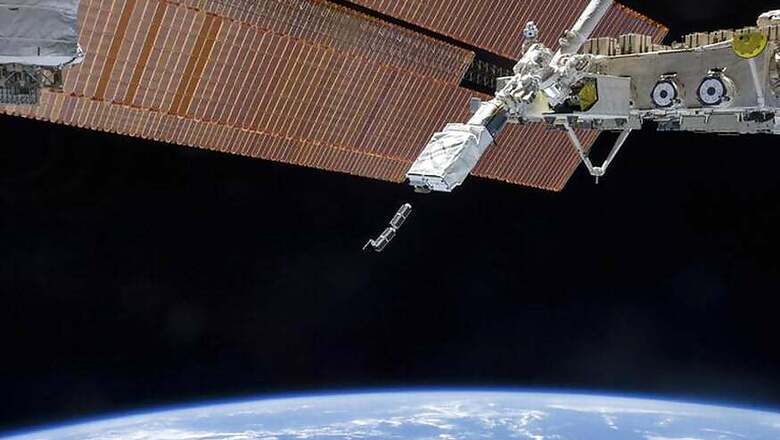
views
Threatened by hydroelectric projects, pollution and fishing, Amazon pink river dolphins were now being tracked and monitored via satellite, an initiative in the Brazilian region to increase knowledge about a species on which little data exists. Considered to be the "Ambassadors of the Amazon River", the freshwater dolphins were included by the International Union for the Conservation of Nature in the category of animals about which there is "insufficient data", reports Efe news
Now, a group of governmental and civil organisations, headed by the World Wildlife Fund, have started to monitor the dolphin populations in the Amazon region's rivers in Brazil, Colombia and Bolivia, a project that can help fill the gap in knowledge about the aquatic mammals. A select group of 11 dolphins are observed each day by researchers with the aim of registering their travel and activity routes, gathering information about their genetic profile and verifying, among other things, the extent of their contamination with mercury.
Following their activities is possible thanks to the installation of small devices on the dolphins that send real-time information about the animals' location several times per day. "It's a pioneer system in Amazonia. It had been done by radio, but this is the first time that it's being done by satellite and thus we're managing to follow the animals in real time," Marcelo Oliveira, a conservation expert with WWF Brazil's Amazonia Project, told Efe on Wednesday.
A total of five dolphins were being followed in Brazil's Tapajos River basin; one in the area between Colombia and Peru and five others in the vicinity of the Madeira River, in Bolivia and Brazil. In addition to mercury contamination, researchers want to analyze the impact of hydroelectric project construction on the dolphins' behaviour.
In the Tapajos River basin alone there are 40 hydroelectric projects in the planning stages, the WWF says, and one began operating in October which, researchers say, could affect the animals' habitat and food sources. Pink dolphins are also under pressure because of local fishing. Dolphin flesh is fatty and attracts "piracatinga", a type of commercially exploited catfish, and thus Amazon fishermen often kill the dolphins to use as bait.
The WWF estimates that there are between 20,000 and 50,000 dolphins in the Amazon region, although there are huge "unexplored" zones in the area and the figure is considered to be untrustworthy.
Watch: Honor 7X First Impressions Review | Honor Has an Ace up Its Sleeve




















Comments
0 comment